Trapped Vortex Combustor, CFD Simulation
$160.00 $80.00 Student Discount
- This report presents a simulation examining the difference in thermal efficiency between a conventional combustor and an AVC.
- The formation of NOx and its emission in these two combustion chambers have been compared.
- The geometry of the AVC and the conventional combustor was created using ANSYS SpaceClaim software.
- A high-quality hexahedral elements mesh was generated using ANSYS Meshing software.
- Appropriate species transport and NOx settings were applied and the thermal efficiency of the combustors and the NOx ppm was calculated.
To Order Your Project or benefit from a CFD consultation, contact our experts via email (info@mr-cfd.com), online support tab, or WhatsApp at +44 7443 197273.
There are some Free Products to check our service quality.
If you want the training video in another language instead of English, ask it via info@mr-cfd.com after you buy the product.
Description
Advanced Vortex Combustor (AVC) vs Conventional Combustor: Investigation of The Thermal Efficiency and NOx Emission.
In modern combustion systems, achieving higher thermal efficiency while maintaining stable combustion and low emissions remains a significant challenge. Advanced Vortex Combustor (AVC), a variant of Trapped Vortex Combustor (TVC) technology, have emerged as a promising solution by utilizing specially designed flow vanes and blunt bodies to create controlled vortex patterns that enhance fuel-air mixing and combustion stability. In general, Trapped Vortex Combustor (TVC) and Advanced Vortex Combustor (AVC) are characterized by their ability to maintain stable recirculation zones through geometrical features that effectively “trap” vortices in specific regions. In this study, ANSYS Fluent is employed to simulate and compare the performance of an AVC with a conventional combustor, focusing on investigating the impact of vortex-enhanced mixing on combustion efficiency and thermal performance.
The investigated geometry consists of a 3D combustion chamber with an advanced vortex generation system comprising flow vanes and a central blunt body for the AVC configuration. The same basic geometry without these flow-modifying elements serves as the conventional combustor for comparison. Both geometries were created using ANSYS SpaceClaim software. ANSYS Meshing was utilized to generate high-quality hexahedral elements for both configurations (481400 elements for the AVC and 231750 elements for conventional combustor), ensuring proper resolution of the flow features, particularly in regions critical to vortex formation and flame stabilization. The numerical analysis employs a two-step methane-air reaction mechanism to simulate the combustion process, allowing for detailed investigation of the thermal efficiency improvements achieved through enhanced mixing in the AVC design.
Methodology
A pressure-based, transient solver was employed to capture the dynamic nature of combustion processes and monitor the temporal evolution of flow patterns and species concentrations. Methane-air mixture was used as the working fluid, with a two-step reaction mechanism implemented to simulate the combustion process. The Realizable k-epsilon turbulence model was adopted for this simulation due to its robust performance in predicting flow separation and recirculation zones, which are crucial features in vortex combustion systems. A suitable wall function was implemented to accurately resolve the near-wall region, which is essential for capturing the heat transfer and flow characteristics near the combustor walls. The species transport model with eddy dissipation concept was utilized to simulate the chemical reactions and mixing processes, providing detailed information about species concentrations and reaction rates throughout the domain. Additionally, appropriate NOx formation models were incorporated to assess the environmental impact of the combustion process, allowing for comprehensive analysis of both thermal efficiency and emissions performance between the AVC and conventional combustor configurations.
Results and Conclusion
From the simulation, the following results are obtained:
- CH4 Mass Fraction Contour: The AVC design shows more rapid and complete consumption of CH4 due to enhanced mixing from the vortex generators and blunt body, as evidenced by the sharper transition from high to low CH4 concentration zones. In contrast, the conventional combustor exhibits a more gradual CH4 consumption pattern with larger regions of intermediate concentrations, indicating less efficient mixing and slower reaction rates.
- CO2 Mass Fraction Contour: The AVC demonstrates more uniform CO2 distribution and higher conversion rates, shown by the broader spread of high concentration regions and better mixing patterns around the blunt body. The conventional combustor shows more stratified CO2 formation with concentrated streams, suggesting less effective mixing and potentially incomplete combustion in some regions.
- Temperature Contour: The AVC achieves more uniform temperature distribution with better heat spread due to enhanced mixing, maintaining stable high-temperature zones throughout the chamber. The conventional combustor shows more concentrated hot spots and less uniform temperature distribution, indicating less effective heat distribution and potentially lower thermal efficiency.
- Velocity Contour: The AVC generates higher velocity magnitudes (up to about 29 m/s vs 16 m/s in conventional) and more complex flow patterns due to the vortex generators and blunt body, promoting better mixing. The conventional combustor shows simpler flow patterns with lower velocities, resulting in less turbulent mixing and potentially reduced combustion efficiency.
- Based on the “Thermal Efficiency of Combustor Formula” from papers, the thermal efficiency of the advanced vortex combustor was 46.4%, while the conventional combustor achieved 44.6%. This indicates that the advanced vortex combustor demonstrates a 4.04% improvement in thermal efficiency compared to the conventional design.
- The average NOx concentration at the outlet of the advanced vortex combustor is 2084.7 ppm, compared to 4798.1 ppm for the conventional combustor. Similarly, the dry-based NOx concentration for the advanced vortex combustor is 2403.7 ppm, while the conventional combustor produces 5629.1 ppm. These results demonstrate that the advanced vortex combustor reduces NOx and dry-based NOx emissions by approximately 56.6% and 57.3% respectively, compared to the conventional combustor.
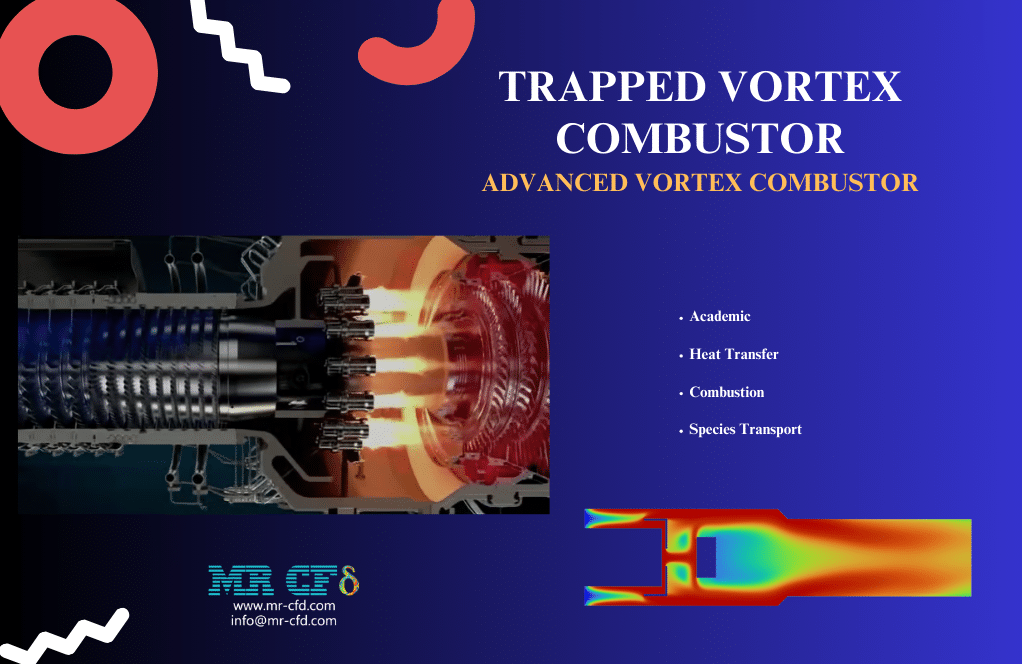
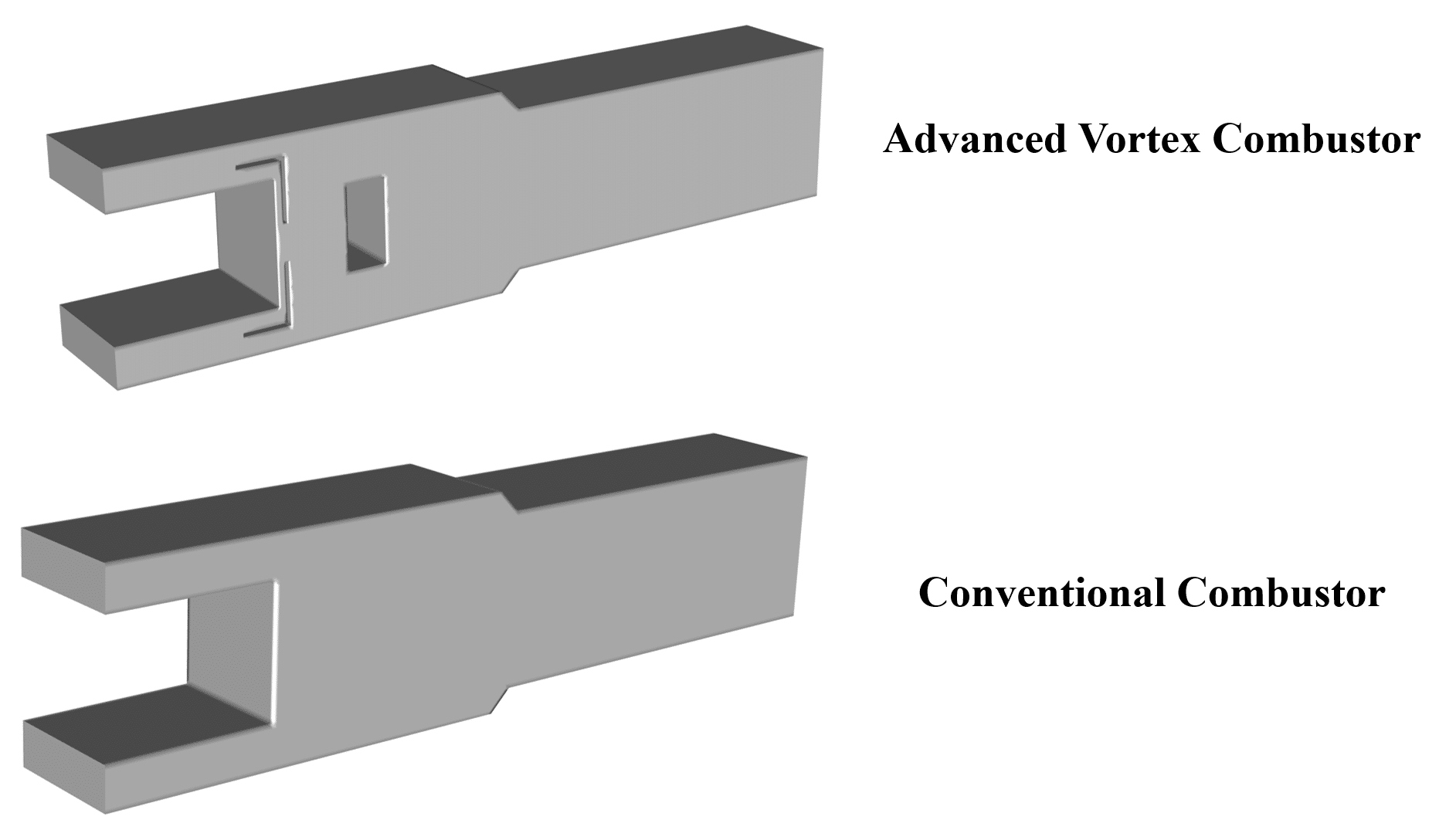
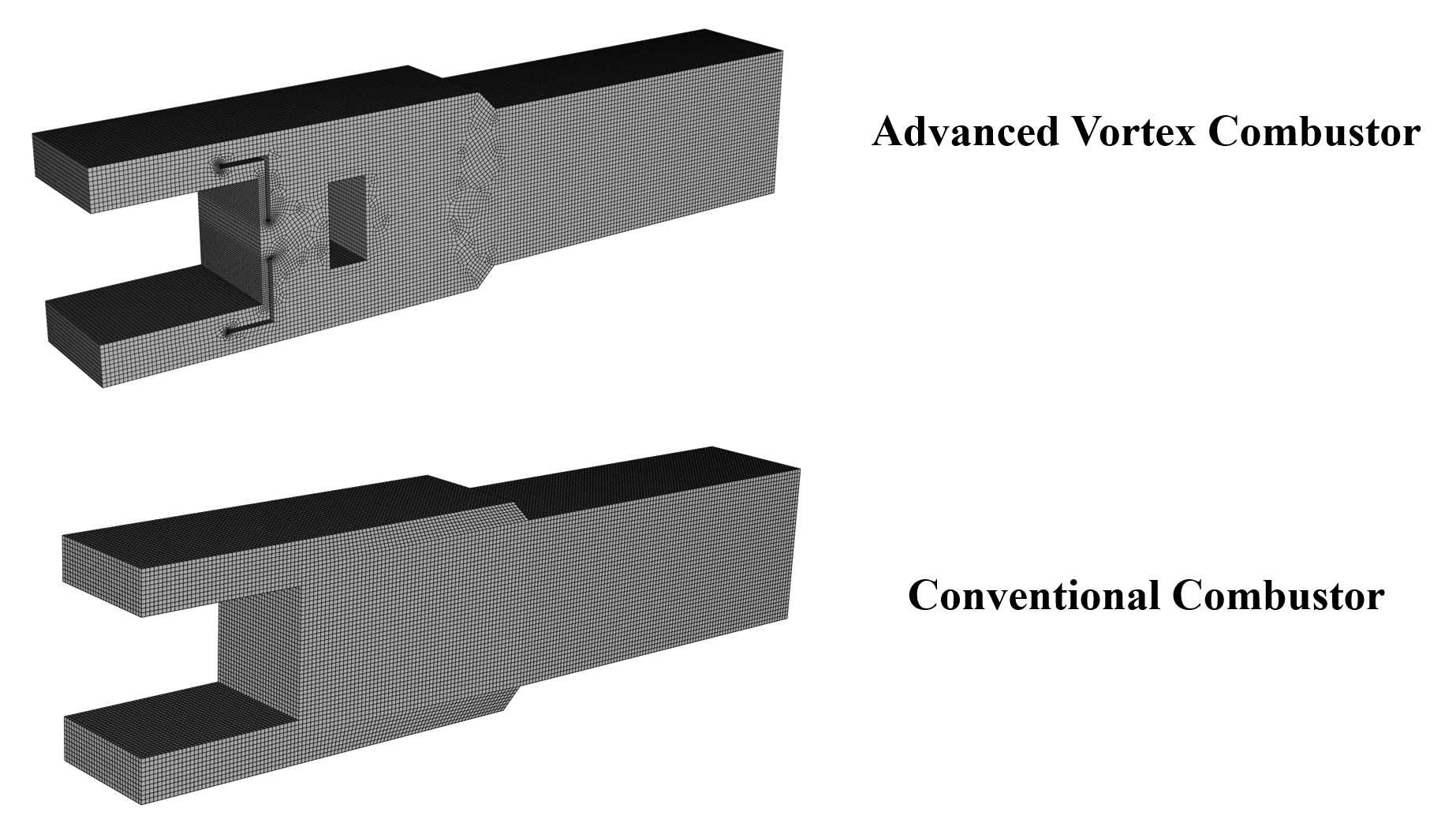
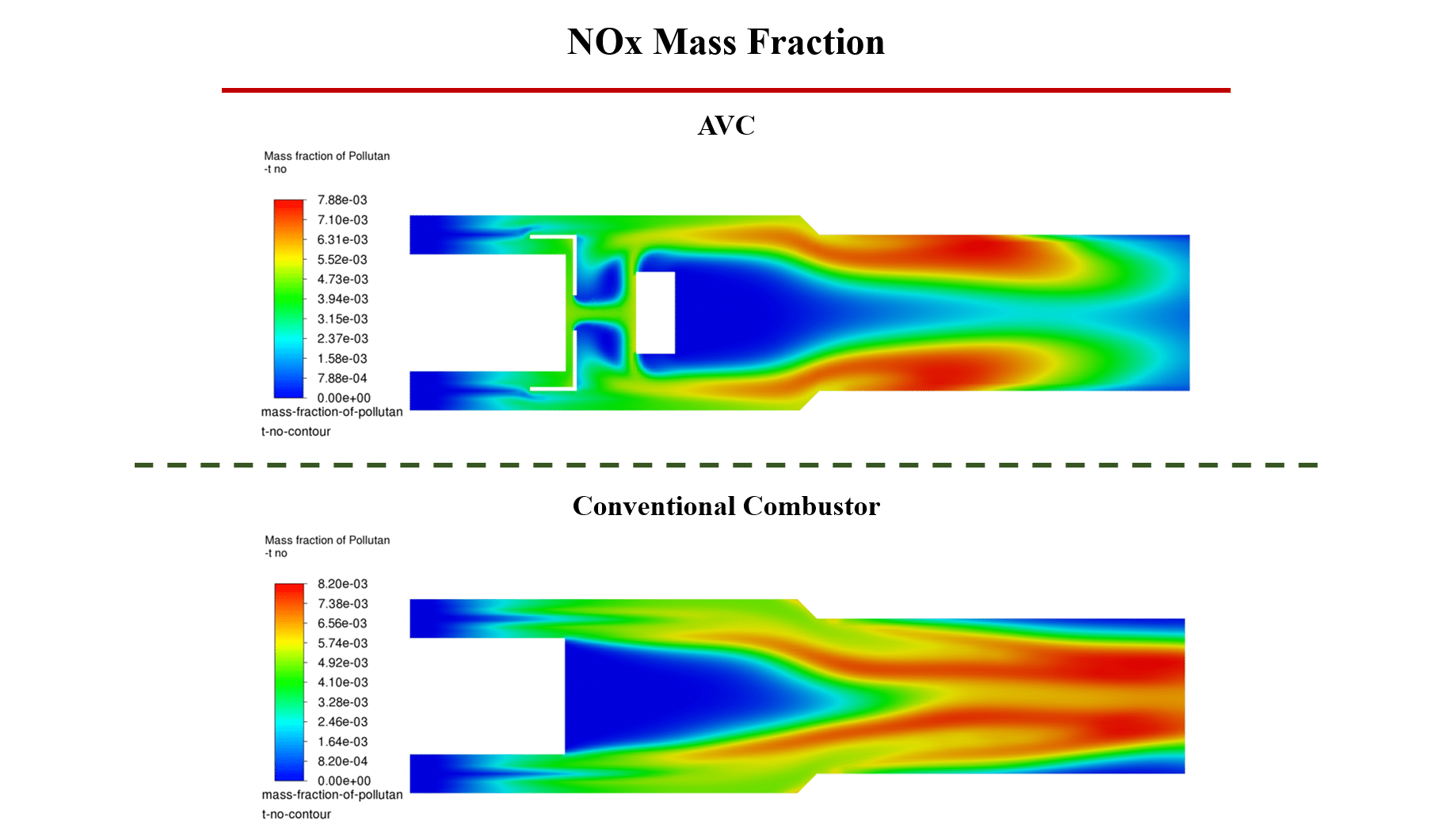

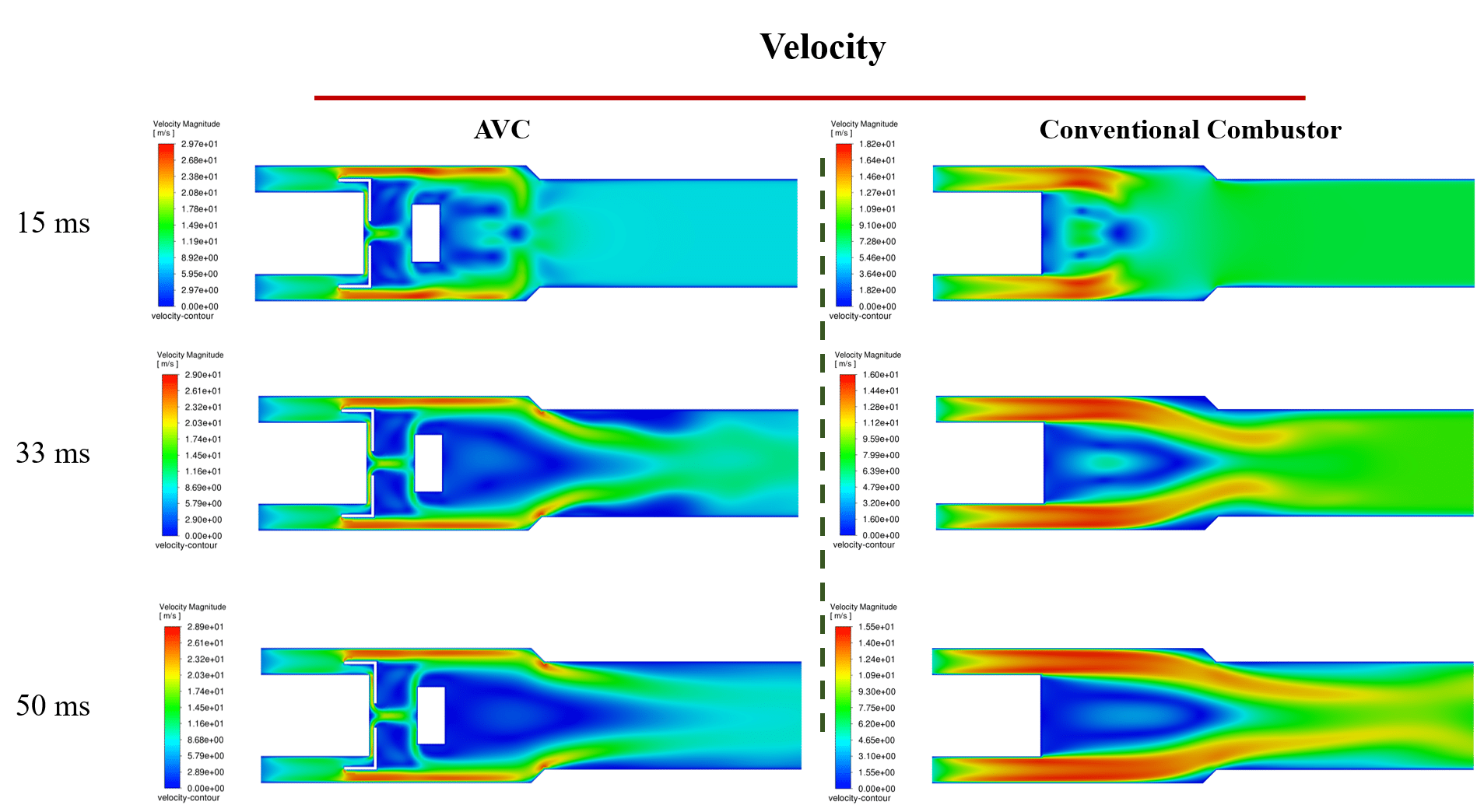

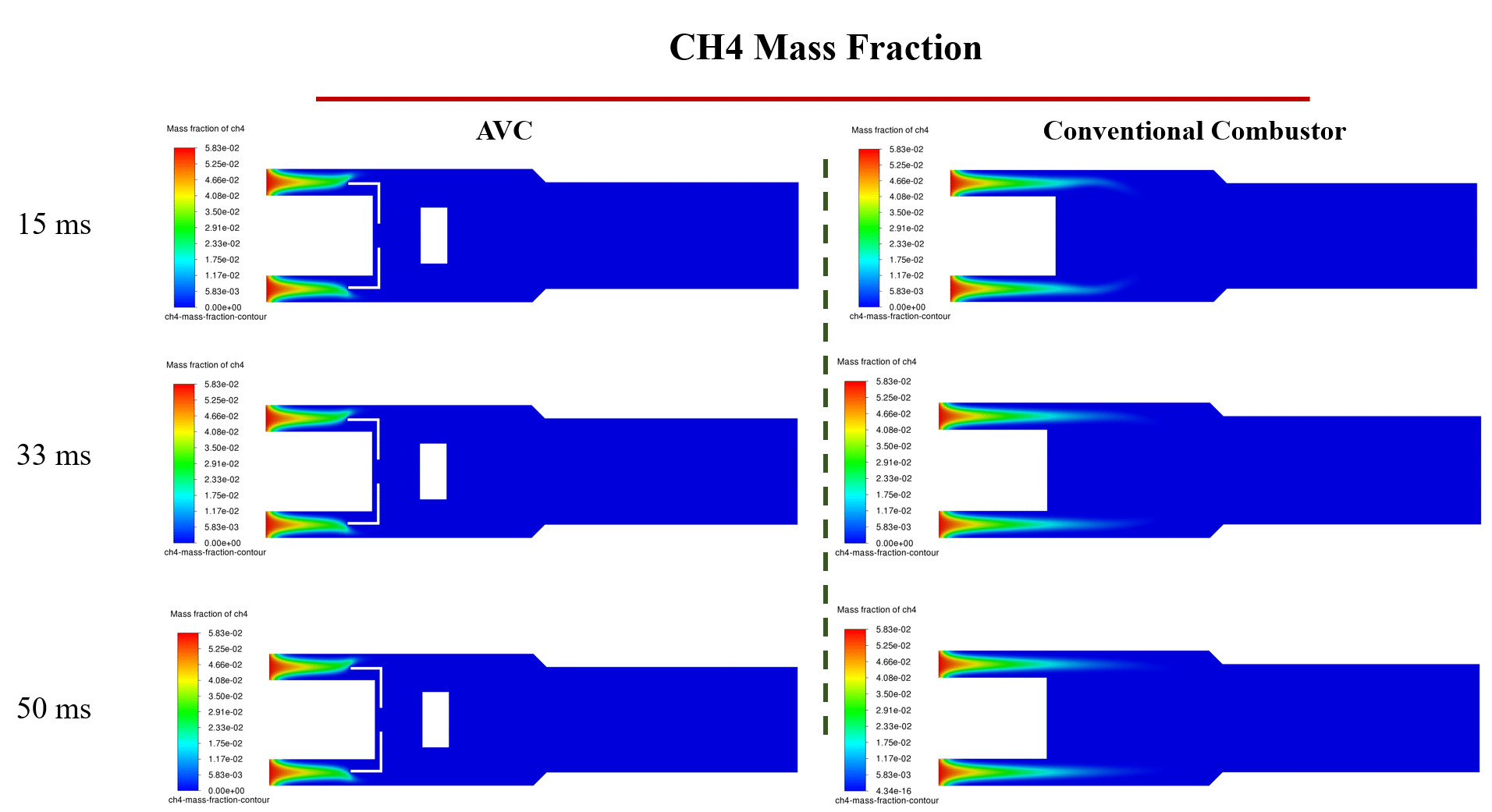
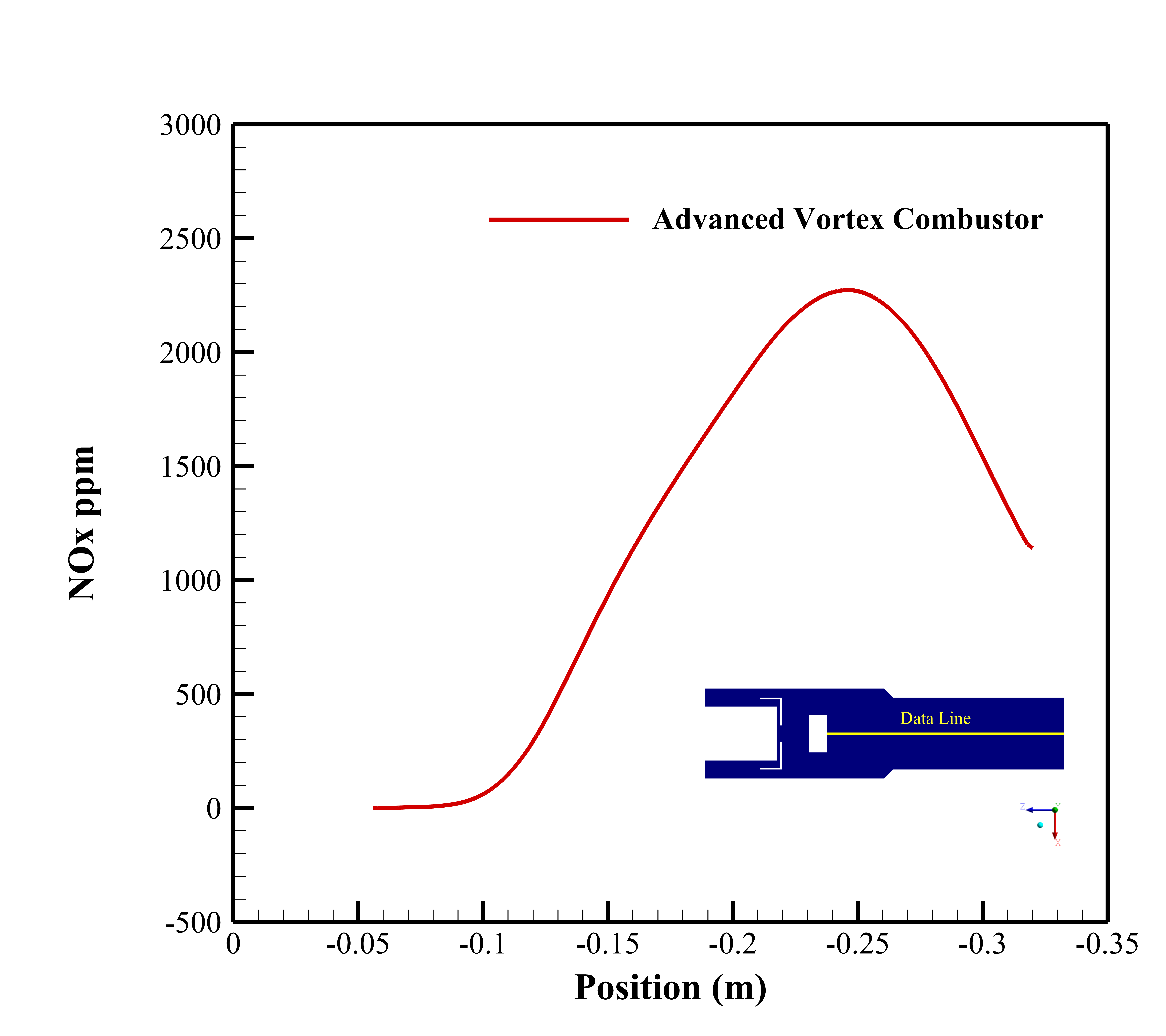
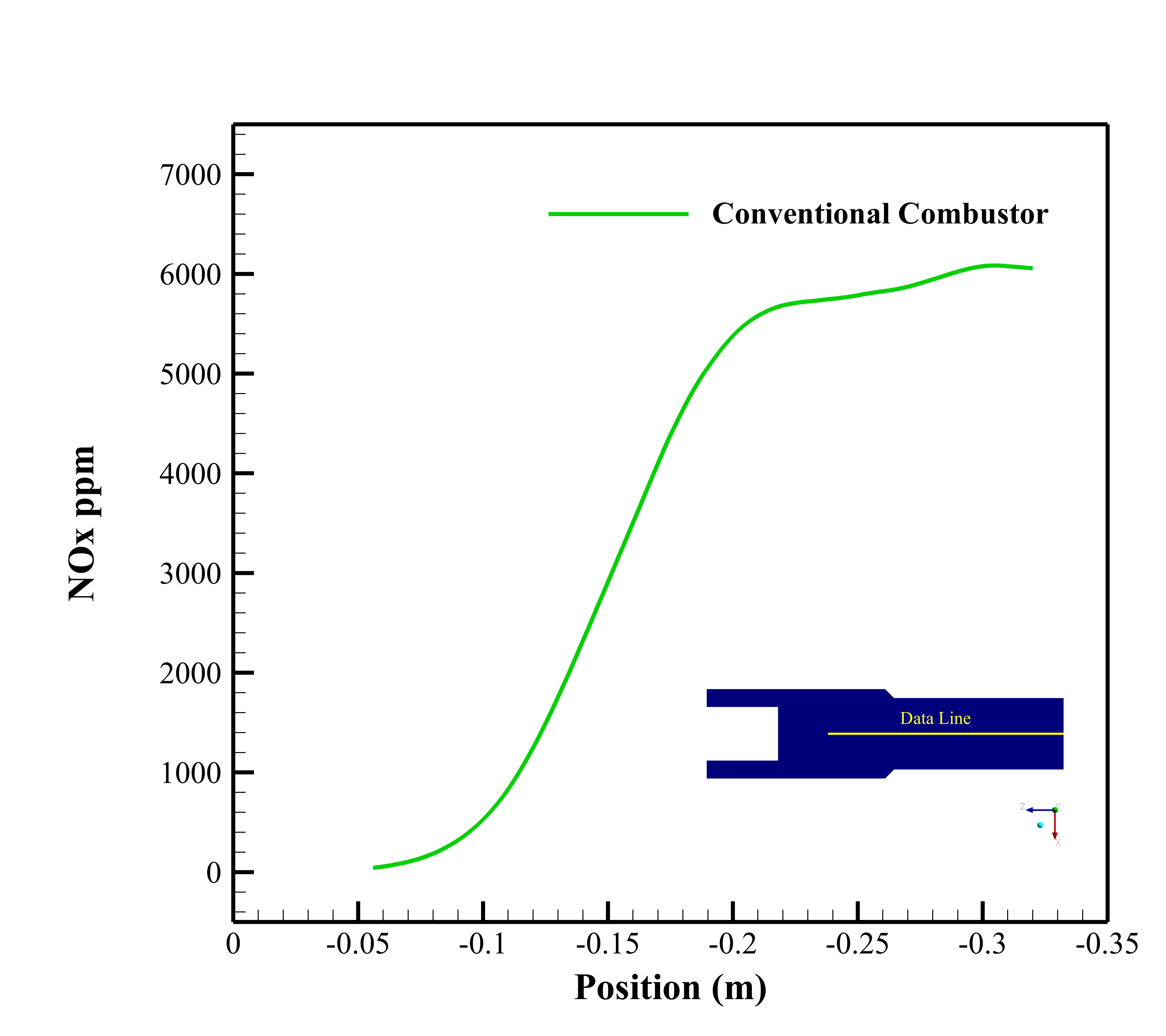
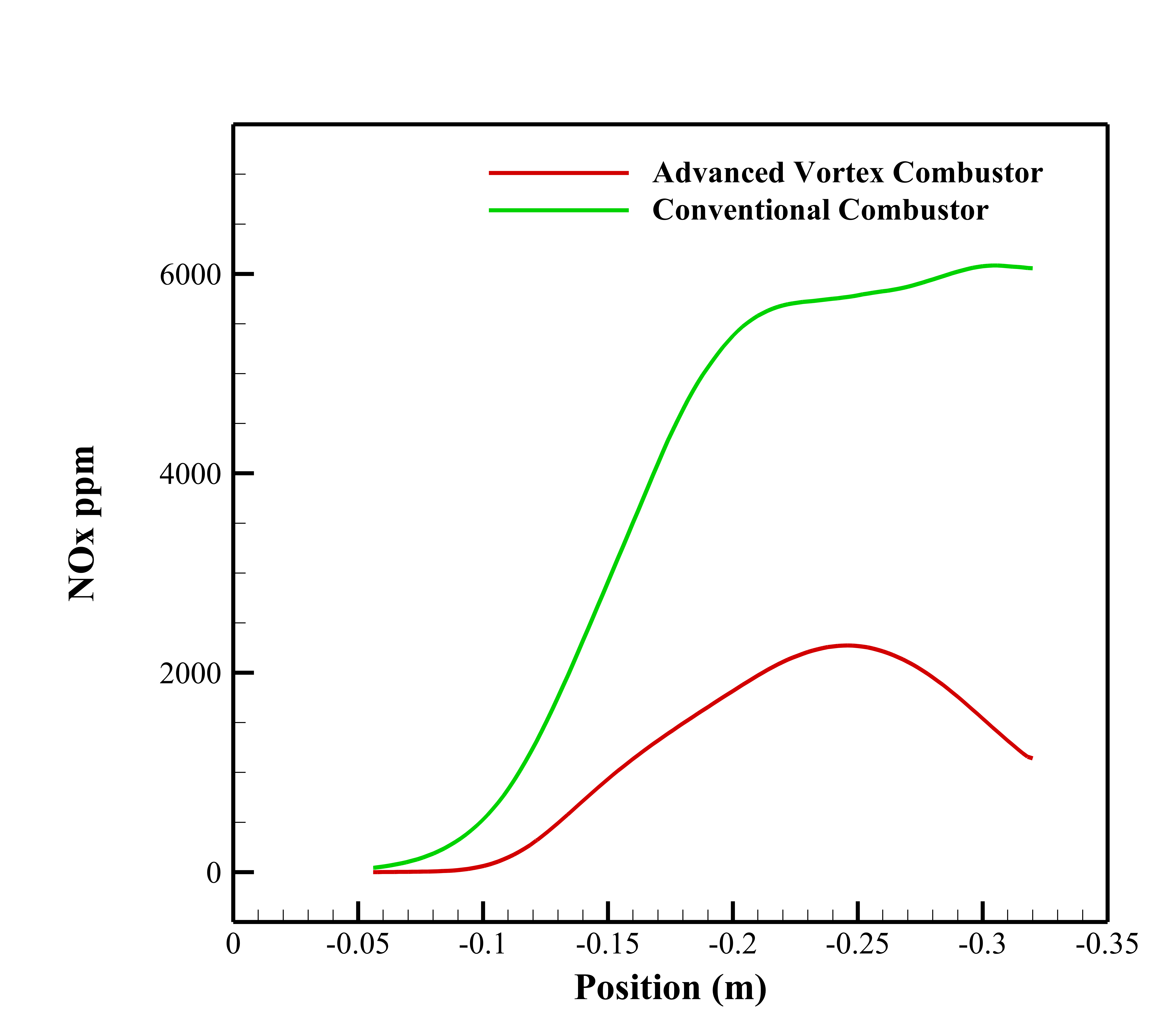

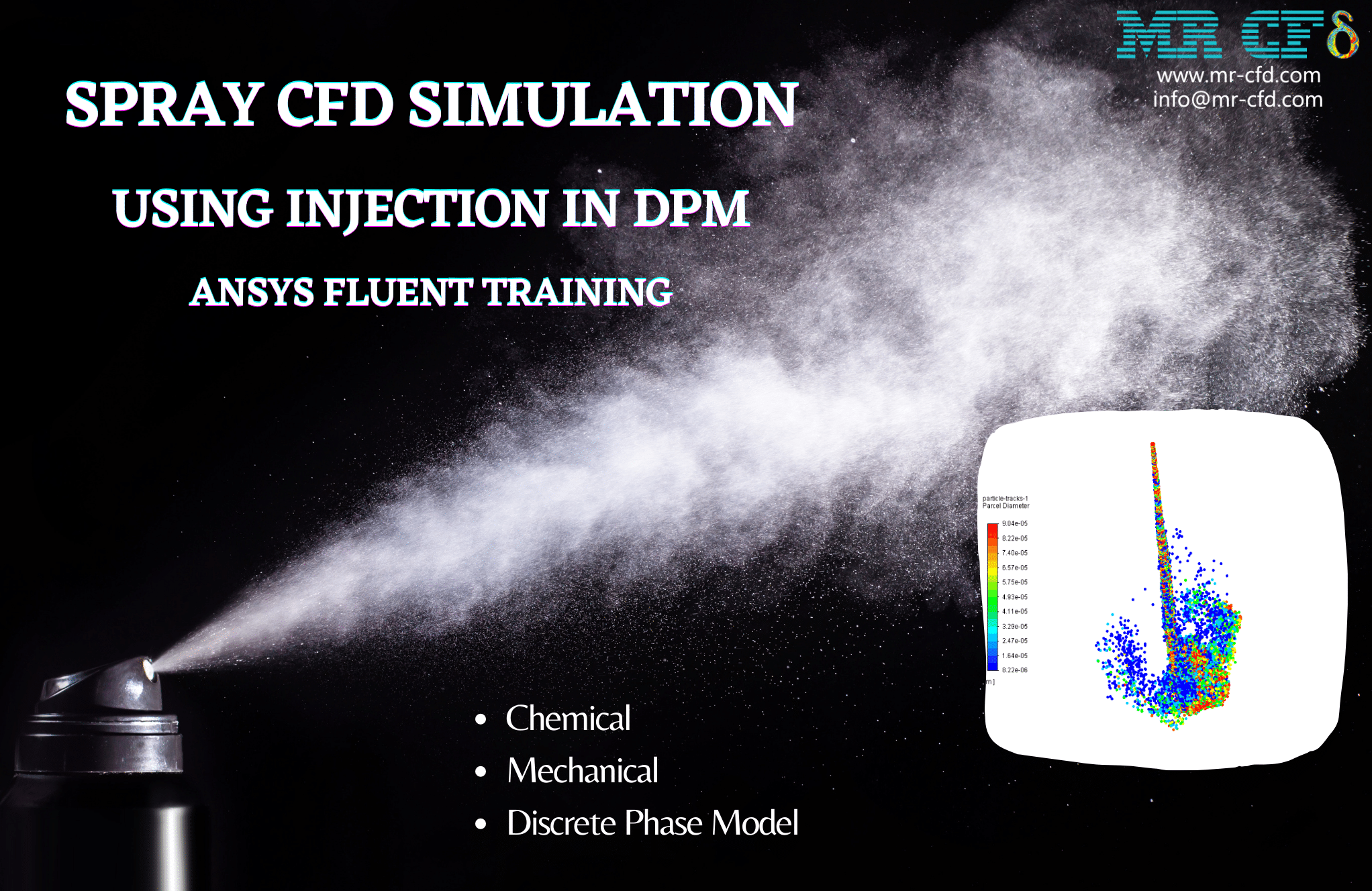
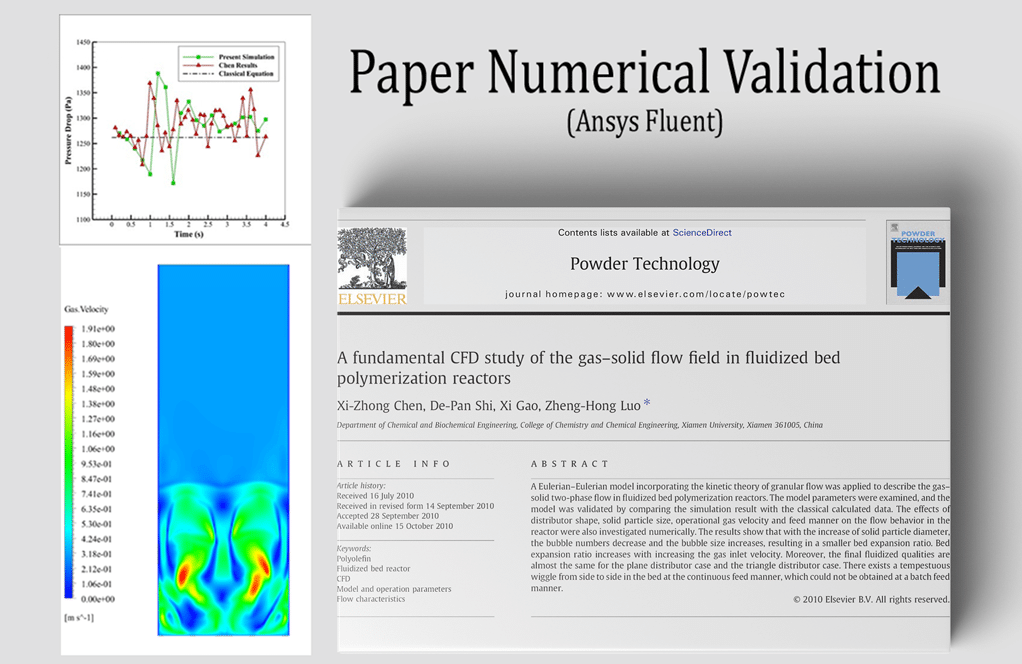


Reviews
There are no reviews yet.